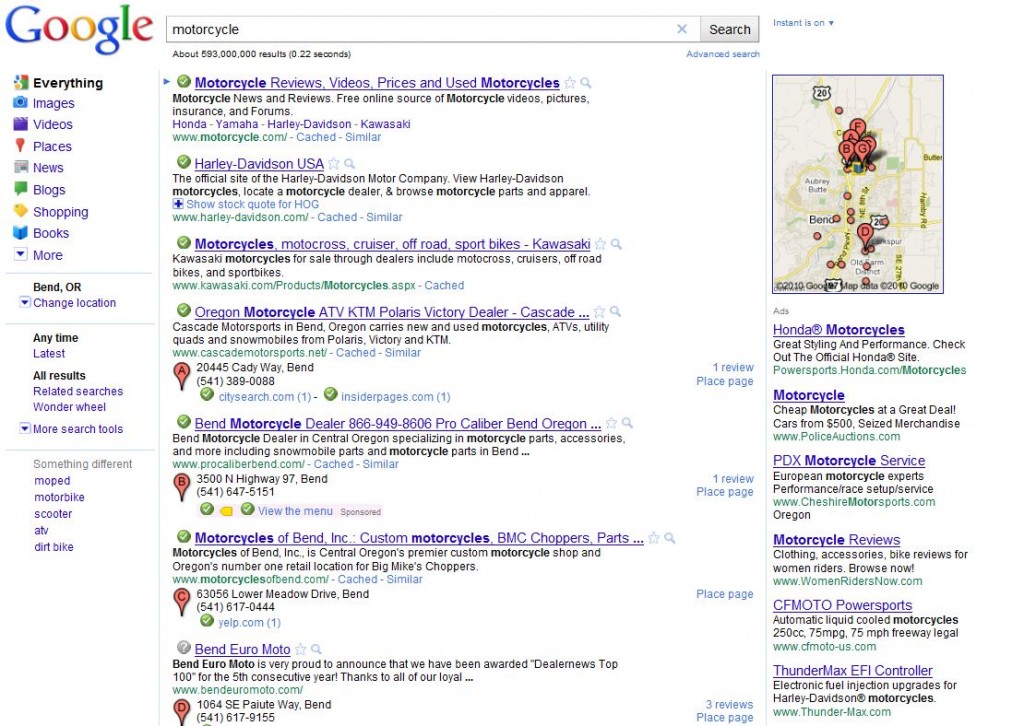One of the great Adwords misnomers (a term which suggests an interpretation that is known to be untrue) is the phrase “Quality Score”.
The name implies that it is a measure of the ad copy’s merit, when in fact it measures more than just this. It measures not just “relevancy” and landing page quality, but also “commercial intent.” However, this last piece has been largely neglected in widespread discussions about Quality Score.
It is simple to think of QS as something wholly under an advertiser’s control–we control the ad text and the relevancy of that copy to each keyword, and we control the landing pages. That said, the only excuse for poor Quality Scores might seem to be failure on the advertiser’s behalf.
QS has been a favorite focus of outsiders who are inexperienced in the paid search game. It is easy to run a report and sort by Quality Score, concluding that,“25% of your keywords have a QS of less than X and that needs fixed.”
The problem with this simplistic view is:
- A higher QS may not be in the advertiser’s best interest. More compelling copy may increase CTR but may simultaneously drive ‘unqualified traffic’ (i.e. non-converting traffic) decreasing conversion rates to a degree that the trade off isn’t worthwhile.
- A higher QS may not even be possible. If the commercial intent of users searching with that phrase is low, there may be no wording under the sun that can improve the QS beyond a certain point.
It is this last piece that the industry outsiders really don’t get.
Consider a user searching for “motorcycle”. The user’s intent isn’t particularly clear. They may want motorcycle gear, they may want information on nearby races, they might want videos, or simply a picture of a motorcycle.
Look at the screen shot above. The fact that none of the paid ads appear above the organic listings indicates that Google doesn’t see much ‘commercial intent’ here. Therefore none of the advertisers meet the minimum Bid * QS threshold needed to secure a promoted listing. It is wagered that the QS of NONE of these ads is above an 8, and potentially not even above a 5.
The advertisers here can flip copy until they’re blue in the face and it won’t impact those scores.
Note: this doesn’t mean the ads will perform badly. These could be tremendously valuable ads if those who do have a commercial intent click on the ad and this leads to a conversion (assuming an appropriate price is paid for the click).
A Proposed Solution
A simple metric to help advertisers understand whether their QS is below par because of something within their control might simply be to provide a benchmark against all other ads running on that same keyword. You may think that a QS of 5 is low, but if that score is in the 95 percentile of all ads running for that phrase, then you might be better to save time for more ‘high-value’ projects instead of trying to fix something that isn’t broken.




